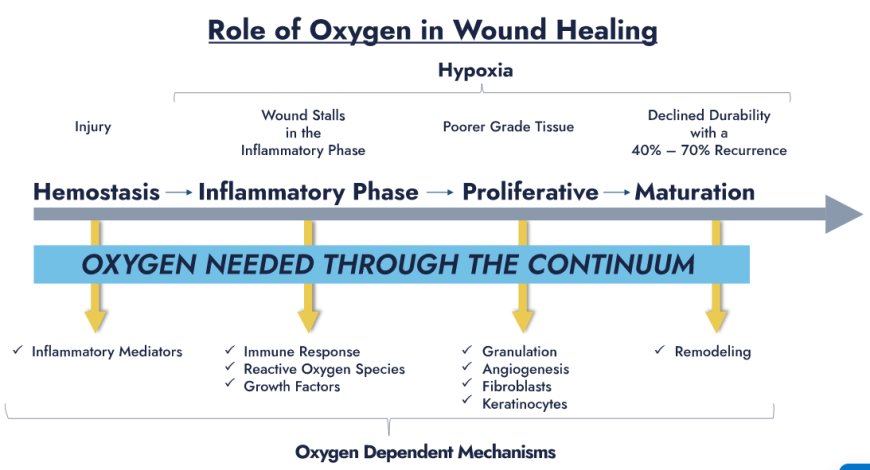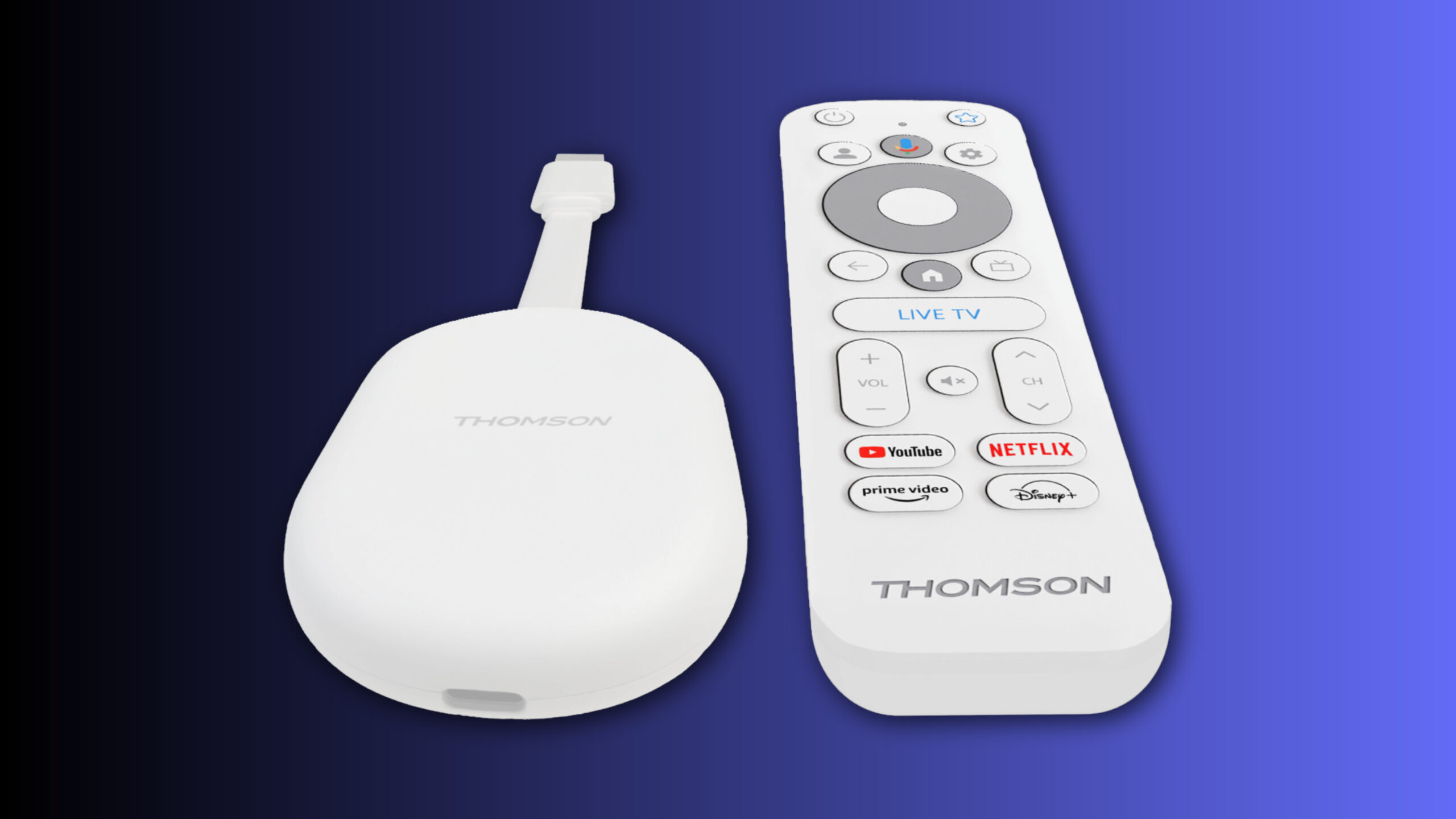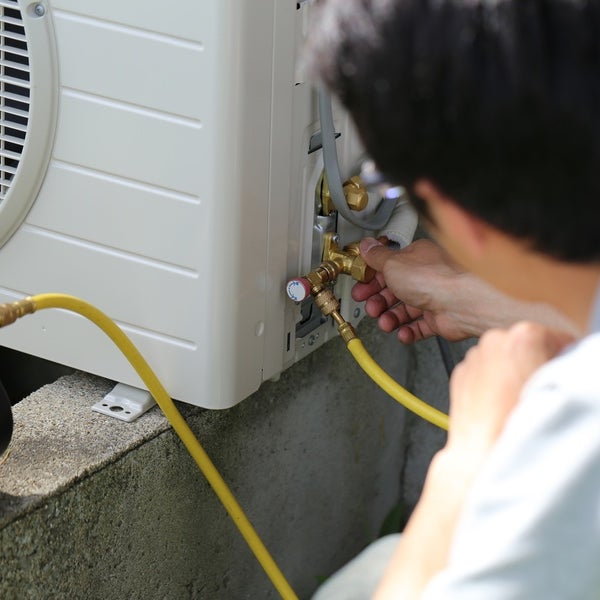Topical Hyperbaric Oxygen Therapy: Revolutionizing Wound Care for Ulcers!
Topical hyperbaric oxygen therapy significantly advances wound care solutions, offering a potent, localized approach to healing chronic and non-healing ulcers.

Wound care ulcer is a critical aspect of medical treatment that demands innovative and effective solutions. Among these, topical hyperbaric oxygen therapy (THOT) has emerged as a revolutionary approach. This method, alongside traditional wound care solutions, is transforming the landscape of wound management by offering enhanced healing for chronic and non-healing wounds. This article delves into topical hyperbaric oxygen therapy's mechanisms, benefits, and applications in wound care, particularly for ulcers.
Understanding Ulcers and Their Challenges in Wound Care
Ulcers are open sores that fail to heal properly, often due to poor blood circulation, pressure, or underlying health conditions such as diabetes. They are categorized based on their etiology into venous, arterial, diabetic, and pressure ulcers. Each type presents unique challenges, but a common thread is the need for effective wound care to prevent complications like infections, prolonged pain, and even amputations.
Traditional wound care solutions include cleaning the wound, debridement (removal of dead tissue), infection control, and application of dressings. However, these methods can sometimes be insufficient for chronic or severe ulcers, necessitating more advanced interventions.
The Role of Oxygen in Wound Healing
Oxygen plays a pivotal role in wound healing. It is essential for cellular activities such as collagen synthesis, angiogenesis (formation of new blood vessels), and eradicating infection-causing bacteria. In poorly oxygenated environments, such as ischemic ulcers, healing is significantly impaired.
What is Topical Hyperbaric Oxygen Therapy?
Topical hyperbaric oxygen therapy involves delivering oxygen directly to the wound site at pressures higher than atmospheric levels. Unlike systemic hyperbaric oxygen therapy, where the patient breathes pure oxygen in a pressurized chamber, topical hyperbaric oxygen is applied locally, targeting the wound area specifically. This localized approach minimizes systemic side effects and focuses the healing benefits of oxygen on the affected tissue.
Mechanism of Action
In THOT, oxygen is applied at a pressure of 1.04 to 1.20 atmospheres directly to the wound via a specialized chamber or a plastic bag sealed around the wound. The elevated oxygen levels enhance several physiological processes:
Enhanced Cellular Activity: Oxygen boosts the activity of fibroblasts, which are crucial for tissue repair and regeneration.
Increased Angiogenesis: Higher oxygen levels stimulate the growth of new blood vessels, improving blood flow and nutrient delivery to the wound site.
Antibacterial Effects: Oxygen-rich environments inhibit the growth of anaerobic bacteria, reducing infection risk.
Collagen Synthesis: Oxygen is critical for synthesizing collagen, a fundamental protein in wound healing that provides structure and strength to new tissue.
Benefits of Topical Hyperbaric Oxygen Therapy
The benefits of THOT in wound care, particularly for ulcers, are substantial:
Accelerated Healing: Patients often experience faster healing times than conventional treatments, reducing hospital stays and healthcare costs.
Pain Reduction: Improved oxygenation can decrease pain levels, enhancing patient comfort and quality of life.
Minimized Infection: The antibacterial properties of oxygen help keep the wound sterile, reducing the need for antibiotics and further medical interventions.
Non-Invasive: THOT is a non-invasive treatment, making it suitable for patients who might not be candidates for surgical interventions.
Applications in Clinical Practice
Oxygen wound therapy is used to treat various types of ulcers:
Diabetic Ulcer: Particularly effective in managing foot ulcers in diabetic patients, preventing severe complications such as amputations.
Pressure Ulcers: Helps treat bedsores, especially in immobile patients, by promoting faster tissue repair.
Venous and Arterial Ulcers: Assists in healing ulcers caused by vascular issues by improving local blood flow and oxygenation.
Conclusion
Topical hyperbaric oxygen therapy significantly advances wound care solutions, offering a potent, localized approach to healing chronic and non-healing ulcers. By leveraging the natural healing power of oxygen, THOT provides an effective, non-invasive treatment option that accelerates healing, reduces pain, and minimizes infection risks. As research and clinical practice continue to evolve, THOT is poised to become an integral component of comprehensive wound care strategies, offering hope and improved outcomes for patients with challenging wounds.
For more information about Diabetic Ulcer, switch to Advanced Oxygen Therapy Inc. for the best wound care or healing programs.
What's Your Reaction?
 Like
0
Like
0
 Dislike
0
Dislike
0
 Love
0
Love
0
 Funny
0
Funny
0
 Angry
0
Angry
0
 Sad
0
Sad
0
 Wow
0
Wow
0



















































